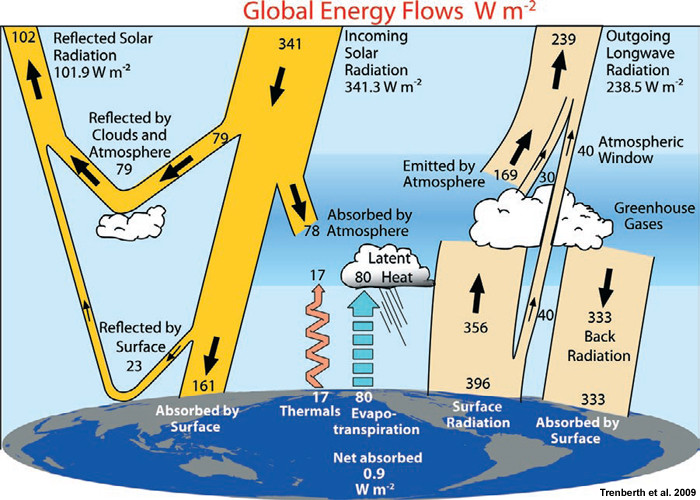I think that when the air heats up in the day, the radiation from the ground contributes way more to its heating at altitudes more than 300 meters above the ground than convection currents of air heat from the ground.
I also think radiative cooling of the air directly contributes way more to the cooling of air more than 300 meters above the ground than conduction from the ground. I don't see how the air at that height could be so fast to warm up and cool just by conduction from the ground.
If these assumptions are true, does the carbon dioxide we released into the air speed up the absorption of radiation from the ground by the air in the day and the radiative cooling of the air at night because Carbon dioxide absorbs infrared light better than air?

